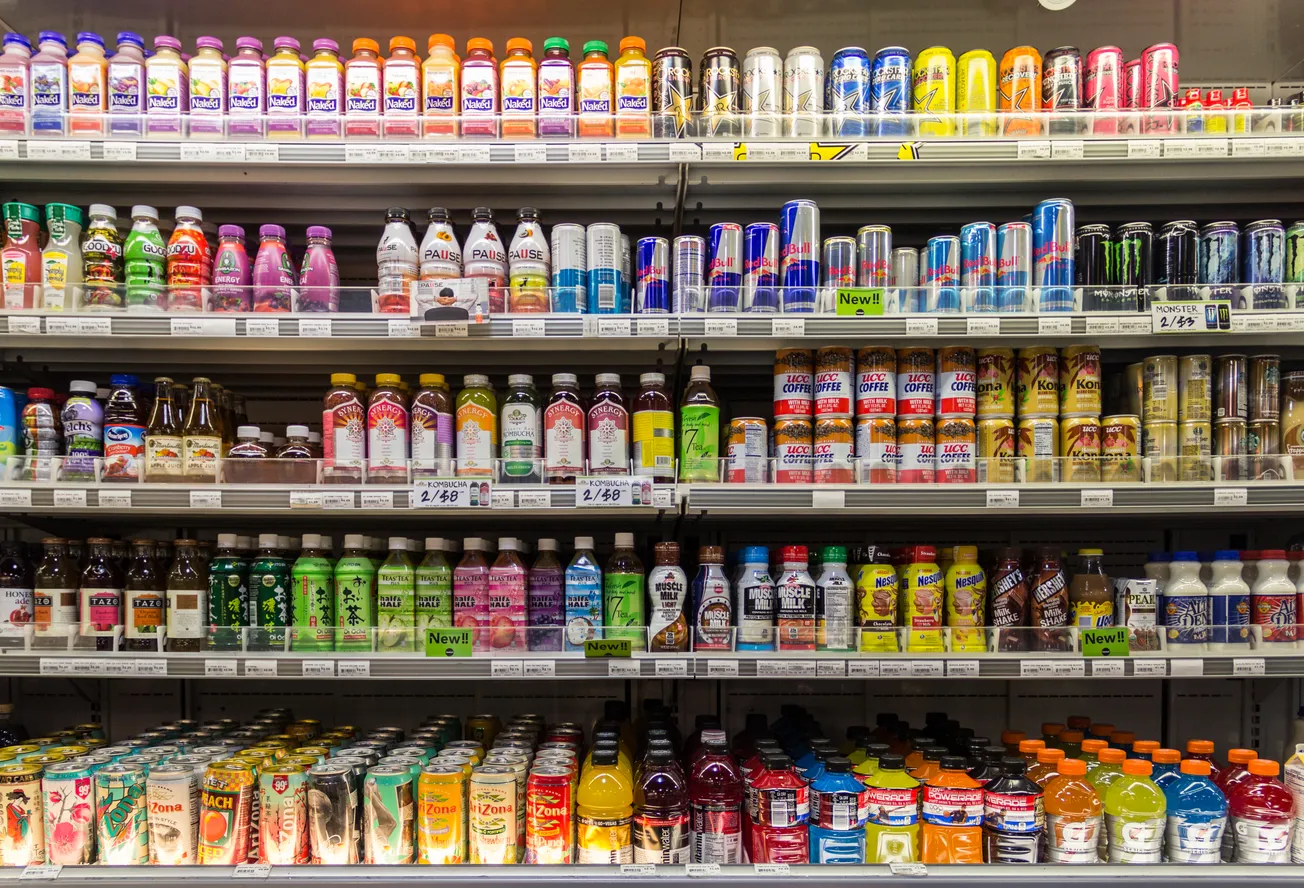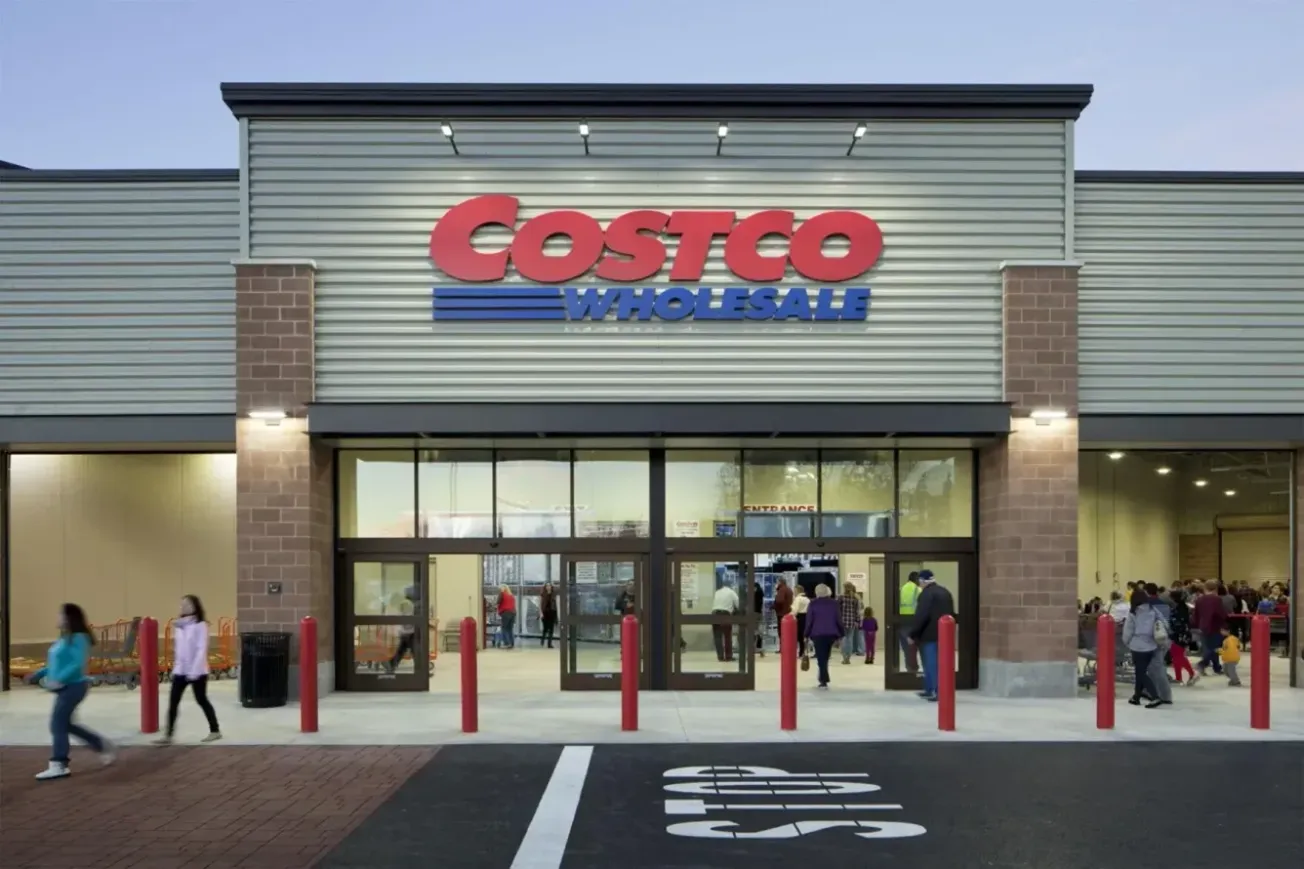OTTAWA, Ontario — Convenience stores are rewriting their role in retail, transforming from gas-and-snack stops into full-fledged food destinations and retail media powerhouses. According to Intouch Insight’s newly released 2025 Convenience Store Trends Report, the sector is heating up with made-to-order meals, cleaner store experiences, and digital innovations that rival quick-service restaurants (QSRs).
The annual report, based on mystery shopping, operational audits, and consumer surveys, offers a front-line view of shifting expectations in convenience retail. This year’s findings show that C-stores are becoming serious contenders for consumer food purchases and ad dollars.
“By pairing on-site mystery shop and audit results evaluating performance at leading convenience-store brands with consumer survey data, this study shows exactly where the bar sits and how operators can clear it,” said Cameron Watt, President and CEO of Intouch.
Key Highlights from the 2025 Report:
- Made-to-order (MTO) goes mainstream – What the data says: 85% of U.S. shoppers have tried made-to-order food at a convenience store, and hot-meal purchases climbed from 29% in 2024 to 35% in 2025. Why it matters: Foodservice growth raises customer expectations to QSR-levels. Execution benchmarks need to change to capture market share.
- Value parity with QSRs – What the data says: 72% now view c-stores as a viable alternative to quick-service restaurants, up from 56% a year ago. Why it matters: Cross-industry competitive meal bundles and pricing analytics are table stakes to protect share-of-stomach.
- Loyalty as an engine—if executed – What the data says: 72% of shoppers are in a c-store loyalty program and 85% would join if rewards are personalized, yet cashiers failed to mention loyalty 65% of the time during audits. Why it matters: In-store coaching and prompts can unlock digital engagement, increased loyalty and incremental spend.
- Retail media turns screens into salespeople – What the data says: 47% of shoppers noticed digital ads on-site—almost double last year's 27%—and more than one-third bought because of them. Why it matters: Coordinating content, placement, and measurement converts eye-share into high-margin ad revenue.
- EV charging drives incremental visits – What the data says: 20% of consumers choose a store specifically for its EV chargers; Millennials 25-34 over-index at 45%. Why it matters: Longer dwell times create an opportunity for bigger baskets if amenities like food, seating, and Wi-Fi, and service standards meet expectations.
- Clean stores, trusted food – What the data says: 70% say overall cleanliness influences whether they believe food is fresh. Why it matters: Consistent standards and audit routines build confidence, repeat visits, and positive reviews.
C-stores are quickly becoming hybrid spaces: part kitchen, retail media network, and lifestyle pit stop. Operators that can synchronize foodservice quality, in-store execution, digital engagement, and retail media monetization will lead the next wave of convenience retail.
“The c-store of tomorrow is equal parts kitchen, media network, and energy hub,” adds Watt. “Operators who harmonize those roles won't just meet expectations; they'll redefine convenience for the next decade.”










